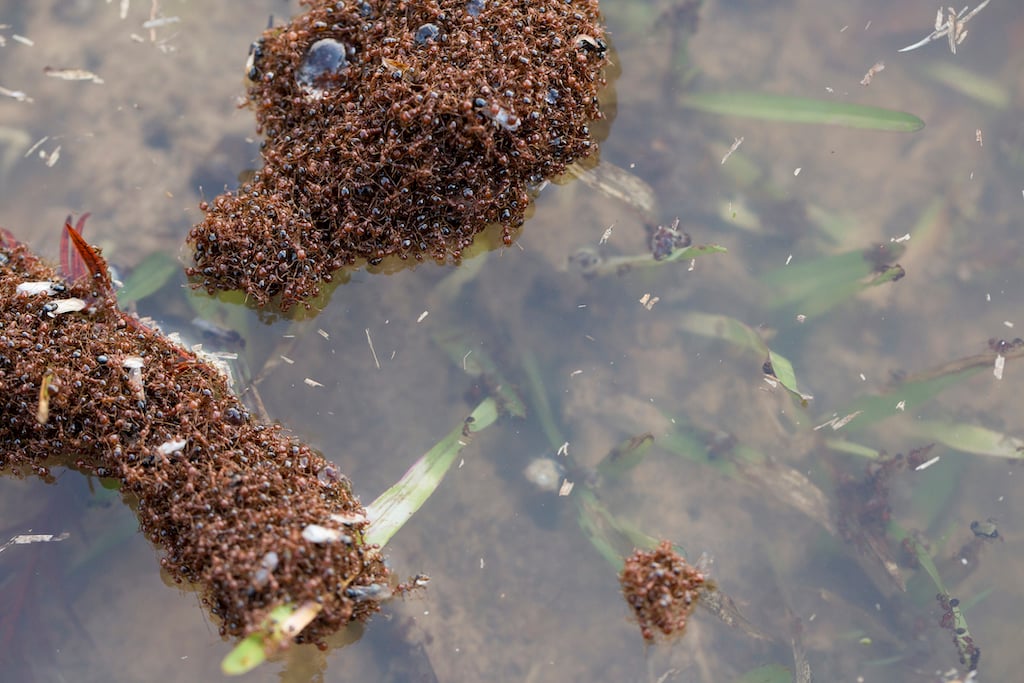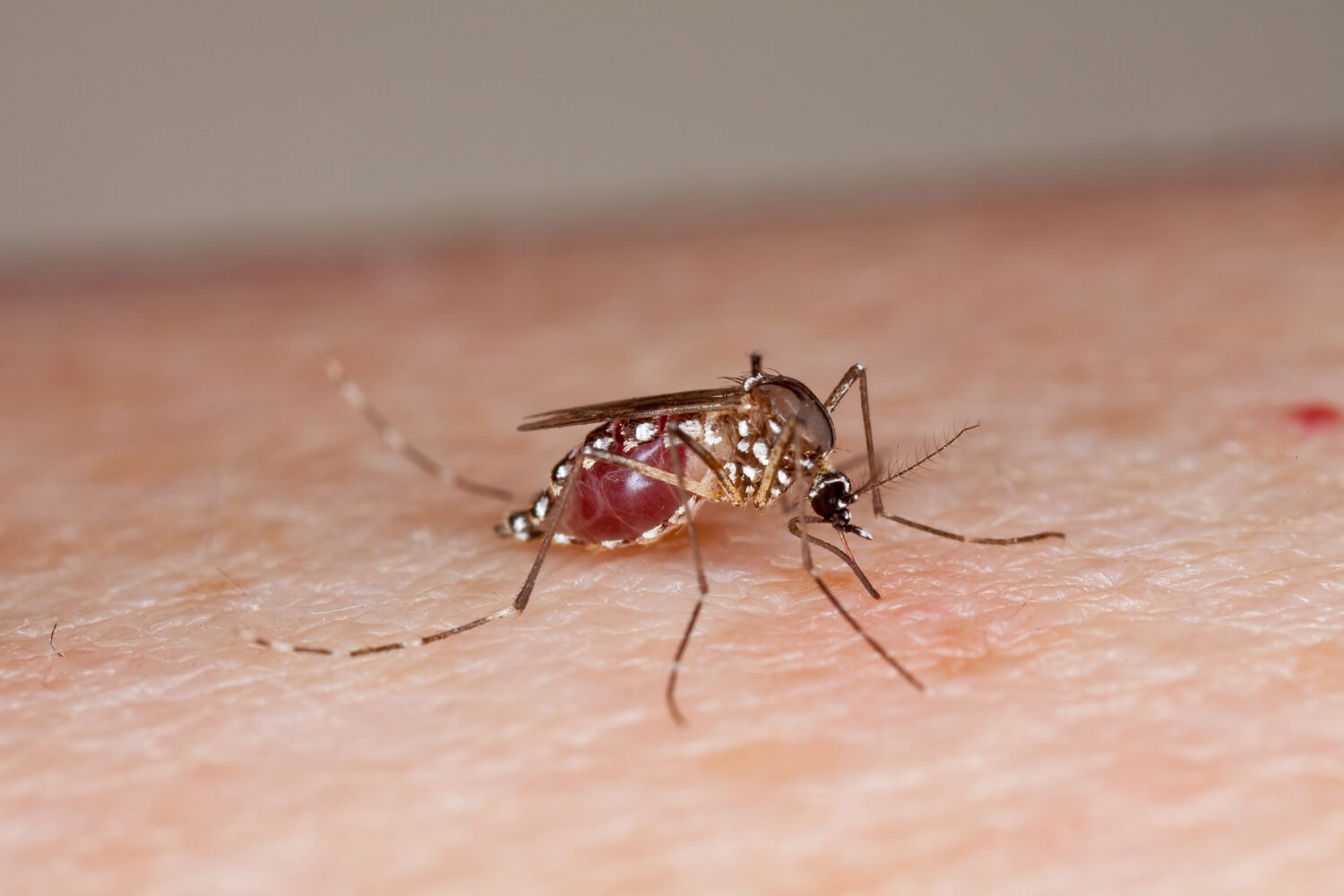If your neighbor is Michael Raupp, a.k.a. the Bug Guy, you might be alarmed by his mosquitotron. That’s what the University of Maryland entomologist calls the five-gallon bucket he uses to monitor mosquito development as it fills with spring rains in his Columbia, Maryland, yard. As the weather got warmer last month, Raupp counted thousands of larvae and 15 clusters of eggs known as “rafts” on the stagnant surface, each containing hundreds more eggs. Last week, he finally saw the first male mosquitoes hatch and fly off the surface.
“I dumped it to save my grandchildren and [avoid] the ire of my neighbors,” Raupp says with a laugh, adding that they are all more charmed by his butterfly observations than the mosquitotron, understandably.
Mosquito season is off to an irritatingly strong start, and Raupp says Washington, which already provides the “perfect storm” for heavy mosquito populations, may be getting a longer season each year. Mosquitoes have no way to regulate their own body temperatures and need high humidity and warm temperatures—lows in the 50s and highs in the 90s—to reproduce and thrive.
Last year, Americans dealt with an average of 16 more “mosquito days” per year compared to 40 years ago, according to a study by the nonprofit Climate Central. DC fit squarely into that trend—in 2022, the city had 16 more days when the relative humidity and temperature range were friendly to mosquitoes than it did in 1979. Hagerstown had 17 more buggy days, and Richmond had 23 more.
“There are now simply more days that mosquitoes can breed,” Raupp says. “In a warming world, bugs are going to start earlier and they’re going to go later.”
Not only do warmer days mean mosquitoes can emerge earlier, they also help the insects reproduce faster. At 70 degrees, a northern house mosquito takes two weeks to transform from egg to adult. At 90 degrees, the process takes half as long, allowing for more “generations” within the same season.
Along with driving us crazy, mosquitoes pose a public health risk—some species carry diseases like West Nile Virus. Last year, only a handful of West Nile cases were reported to the Centers for Disease Control in the DC area, but studies show cases could double in the contiguous US by 2050 when compared with 1995 levels. The northward spread of tropical Aedes species, known as Asian tiger or Yellow fever mosquitoes, means diseases like dengue fever and yellow fever could also become more widespread in the US as summers get hotter.
The season is off and running, but when will DC reach peak mosquito? Around midsummer, though Raupp says it’s difficult to pinpoint a specific month or week.
As for the mosquitotron, Raupp always dumps it when he first observes fully formed insects, and he advises everyone else to do the same—pour standing water out of any buckets, wheelbarrows, used tires, or birdbaths, and clear out your gutters. The resilient little devils can even breed in something as small as a bottle cap full of water.



















